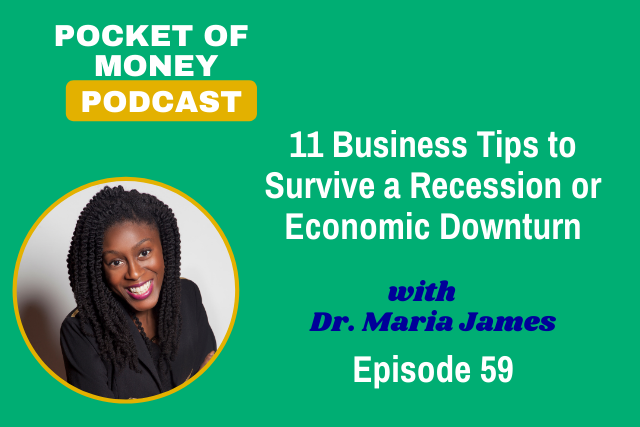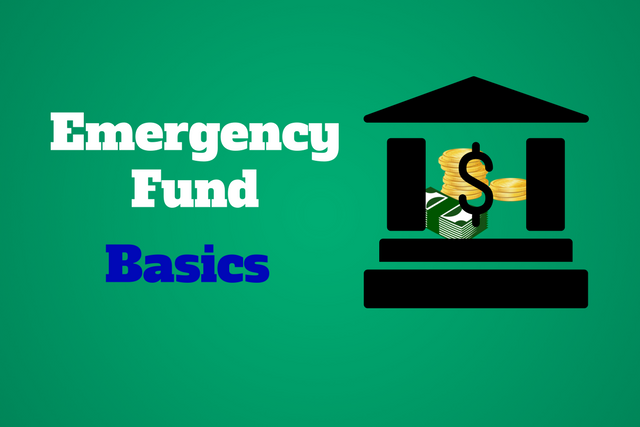7 Steps to Save Money Fast on a Low Income

Saving money fast on a low income is a challenging yet achievable goal. By implementing strategic financial practices, you can take control of your finances and build a more secure future.
I saved $10,000 while earning $23,000. I’m going to walk you through the seven steps that will allow you to do it too.
We’re tackling a big challenge: how to save money fast on a low income.
If you think it’s impossible, stick with me, because I’m going to show you practical, proven strategies that work, even if your budget is tight.
We’re diving into the seven step protocol that will work no matter what and four ways to accelerate your saving.
The Protocol:
1. Assess Your Spending
First things first: get clear on where your money is going. For 30 – 60 days, track every expense, yes, every single one.
You can either log in to your online bank account and review the transactions from the past 30 days or start from today using an app, a spreadsheet, or even a notebook to track everything you spend.
You need to know exactly where your money is going to be able to properly craft a plan to put it where you need and want it to go.
You may think you know where you’re spending your money and how much you spend, but I promise you’ll have some surprises once you track it.
I’ve had clients discover they were spending double and sometimes triple the amount of money on food than they thought they were spending.
Don’t skip this step!
This is critical because you can’t effectively save money and a lot of money until you know where it’s going.
2. Conduct a Lifestyle Analysis
Next, it’s time for a lifestyle analysis. You’ve probably heard people say cut the fluff from your budget or decrease expenses but let’s talk about the best way to do it.
Don’t just slash and cancel everything because it’s likely not sustainable and you’re likely to be miserable and not stick to it.
Divide your expenses into three categories:
- Non-Negotiables or Needs: These are things you need to survive. Things like housing, food, and utilities. I also believe you should have at least one thing that brings you joy or peace. Don’t go crazy with it but I think that expense is necessary to help you get through rough patches.
- Wants: These are things that aren’t essential for survival, like dining out or new clothes.
- Flexible or Fixed Expenses: Designate the expenses as flexible or fixed as well. Flexible expenses are ones where the dollar amount changes. These are likely expenses you can delay or adjust, like entertainment, groceries, or non-essential shopping.
Now ask yourself: What can you let go of completely? What can you delay? What can you increase, like groceries for meal prepping instead of dining out? And if you’re up for it, explore ways to increase your income, like freelancing or selling unused items.”
I’ve had clients find more money to save by getting discounts to decrease their phone bill, selling appliances and gadgets they didn’t use, selling clothes they didn’t wear, etc.
Let go of the expenses you don’t care much about and focus on the things you do care about and are necessary to survive and reach your goals.
3. Create a Cash Flow and Balance Forecast
Now, this is where we take things to the next level. A Cash Flow Forecast lets you map out your income and expenses so you can see exactly when your cash will run low—or if you’ll have extra.
With the Balance Forecast, you’ll determine how much cash you’ll have left over after each transaction. You can foresee how a potential purchase or buying decision will affect your cash flow for the rest of the month.
The WISE Pocket of Money app provides these tools all in one place online and gives you the power to make smart money decisions, avoid overspending, and plan your savings.
Develop a forecast to anticipate periods when cash might be low and identify more opportunities to save money.
This is how to create a cash flow balance in four steps:
- Start with your available cash balance
- Make columns for the date, item, amount, and running balance
- Listing expected income and expenses
- In the balance column, subtract the first expense or add income to the amount for the cash balance. Then add (for income) or subtract (for expenses) to the new balance.
You can adjust and redo your cash balance forecast as many times as needed.
4. Designate a Special Day for Saving
Set aside a specific day each week, such as ‘Funds Friday,’ to add money to savings and to review your finances.
Use this time to:
- Transfer Money to Savings: Move a predetermined amount into your savings account. Take a set amount, $1, $5, $10, whatever you can, and put it into your savings account. Your budget and cash balance forecast will let you know what this amount is.
- Review Spending: Assess the past week’s expenses and adjust the upcoming week’s budget or forecast accordingly.
- Plan for Upcoming Expenses: Anticipate any non-regular expenses and plan for them.
5. Pay Yourself First
Before paying any other bills. Yes, ANY other bills. Pay yourself first. You already used your budget and cash flow forecasts to determine how much you could put towards savings. Go ahead and transfer that amount to a savings account.
You may need to split the amount between paychecks. As soon as your paycheck hits, pay yourself. Make pay day mean your savings account gets paid.
If you have consistent cash flow, then you can set up an automatic transfer for the dollar amount set for savings from your budget. Accelerate your savings by using the cash balance forecast to find even more opportunities to save money.
Start saving, make it a habit and be amazed at the progress you make. Even small, regular contributions can accumulate significantly over time.
6. Implement Specific Actions to Cut Spending
Pick specific actions and determine how much money it saves you and put that money in savings. You’ve probably heard tips like take your lunch to work. What if you’re already doing it, what else could you do?
Well, I go over 22 different tips and include over 100 resources in my book WISE Money Challenge. Here are a couple tips:
- Join store club programs to access discounts and load coupons directly onto your card. This can lead to substantial savings on grocery bills.
- Put your money in a high yield savings account. Look for banks that have the highest interest rates. Currently that will be around 4%, the higher the better. Don’t settle for savings accounts where the interest rate is 0.001%. You’ll get more money in savings without much effort.
- Pay debt before the statement date, not the due date. This lowers the balance that interest is applied to saving you money in interest that you don’t pay.
- Call for discounts on fixed expenses. Most people try to decrease non-fixed or flexible expenses only such as how much they eat out, groceries purchased etc. However, you can also work on lowering your internet bill, phone bill etc. They have loyalty programs and discount partnerships with specific employers and colleges that can save you 10- 30% on your bill every month.
Bank those savings.
7. Reevaluate Your Cash Flow and Balance Forecast
After implementing these strategies, revisit your cash flow and cash balance forecast to assess the impact. Identify areas where you’ve successfully reduced spending and reallocate those funds towards your savings goals.
Accelerate Your Savings
In order to accelerate your savings, or in other words save more money, you have to free up more of your paycheck and stay motivated.
1) Decrease Large Expenses
Housing, food and transportation are some of the biggest monthly expenses. If you have a mortgage, assess your home insurance and property taxes to see if they can be lower. This will lower your mortgage payment.
Transportation, can you sell or rent out your car? If you take public transportation are there any programs offered by your city/state or your employer/school that you can use to get a discounted rate for passes?
2) Try Savings Challenges
There are a number of savings challenges that show you how to save a specific amount of money by the end of the challenge. These can keep you motivated and are a simple way to save up hundreds or thousands of dollars.
Or you can make one up yourself. For example, I’ll save $5 per week plus the dollar amount of the week of the year. If it’s the first week of January then $5 plus $1, second week is $5 plus $2, etc. Make it fun and something you can stick to doing. Your cash flow forecast will help you figure out more money to add.
3) Try No Spend Challenges
For a set amount of time you try to only spend money on necessities. These are things like shelter, groceries, and transportation. Anything that is a want, just for fun, has to wait until after the no spend challenge. These are a great way to be very money conscious and decrease spending for a short period of time. Try a no spend 30 or 60 days.
4) Start a Side Hustle
Increasing your income is also a great way to have more money to put towards saving and your financial goals. However, this is often easier said than done. A side hustle that has low or zero startup costs can be a good way to start earning some extra cash. Things like freelancing.
I put over 100 resources for side hustles in my book WISE Money Challenge. Click here to check it out.
By systematically assessing your spending, making informed lifestyle adjustments, and utilizing available resources, you can accelerate your savings even on a low income. Consistency and mindful financial management are key to building a secure financial future.
Saving money on a low income isn’t about deprivation. It’s about strategy and consistency. With tools like the Cash Flow and Balance Forecast, and by following these steps, you can create a solid plan to save money fast.






Responses